President William Ruto’s recent decision to include members of the Orange Democratic Movement (ODM) led by Hon. Raila Odinga in his government has sparked debate and raised eyebrows across Kenya’s political landscape.
For a leader who prides himself on having control over a region with 9.5 million registered voters—a number set to increase with the anticipated massive voter registration drive among Generation Z—Ruto’s choice is being scrutinized as potentially misguided.
The Nation has exclusively learned that Deputy President Rigathi Gachagua is contemplating forging strategic alliances with notable political figures such as former President Uhuru Kenyatta, Wiper Party leader Hon. Kalonzo Musyoka, and Narc-K party leader Hon. Martha Karua.
This potential coalition is seen as a move to counterbalance Ruto’s influence and challenge his administration in the upcoming 2027 elections.
Gachagua’s considerations come as a strategic response to what he perceives as a misstep by Ruto in accommodating Raila Odinga’s allies within the government.
This inclusion contradicts Gachagua’s earlier stance, where he had positioned himself as a vigilant gatekeeper against Odinga’s political advances.
He had previously declared that he had set up several traps around Statehouse to prevent Raila and his team from approaching the center of power.
Gachagua had advised President Ruto to focus on developmental projects and leave the political battles against Raila to him.
This delegation of duties highlighted Gachagua’s confidence in managing political adversaries and maintaining the upper hand against the ODM leader.
The Deputy President’s potential alliances signify a shift in the political dynamics ahead of the 2027 elections.
Partnering with influential figures like Uhuru Kenyatta, who still holds significant sway, Kalonzo Musyoka, a seasoned politician with a substantial following, and Martha Karua, a respected leader and former presidential candidate, could create a formidable front against Ruto’s administration.
Ruto’s decision to integrate ODM members into his government might be an attempt to foster inclusivity and unity, but it also opens the door for internal dissent and strategic realignments.
The anticipated voter registration drive among Generation Z adds another layer of unpredictability, as this demographic could significantly influence the 2027 election outcomes.
Gachagua’s moves suggest a broader strategy to consolidate opposition forces and present a united front that could challenge Ruto’s bid for re-election.
It remains to be seen how these alliances will shape the future of Kenyan politics and whether Ruto’s gamble of including ODM members will pay off or backfire.
In this context, the next few years leading up to the 2027 elections will be critical.
Both Ruto and his potential challengers will need to navigate these turbulent waters with strategic acumen and political foresight.
The decisions made now will reverberate through Kenya’s political arena, influencing the direction of the nation and the balance of power for years to come.






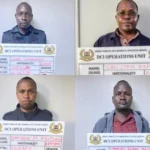
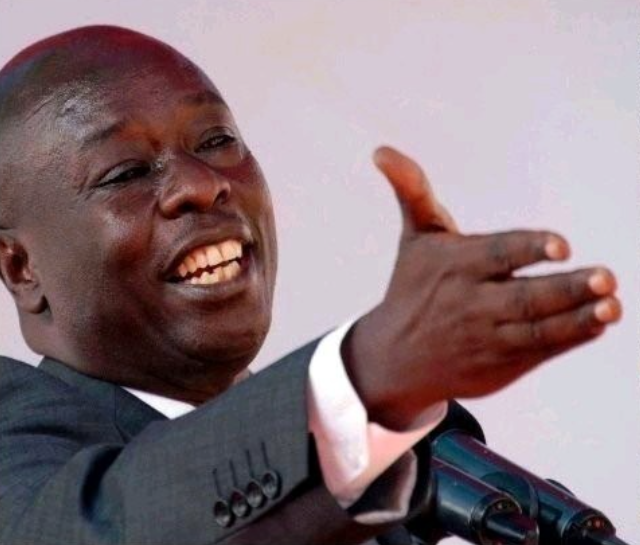




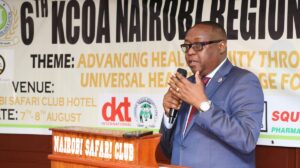





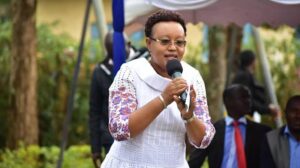
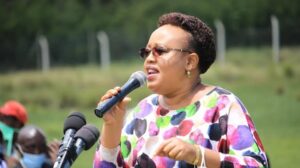
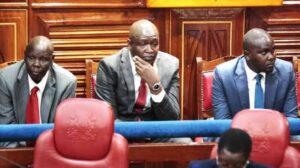
Add Comment